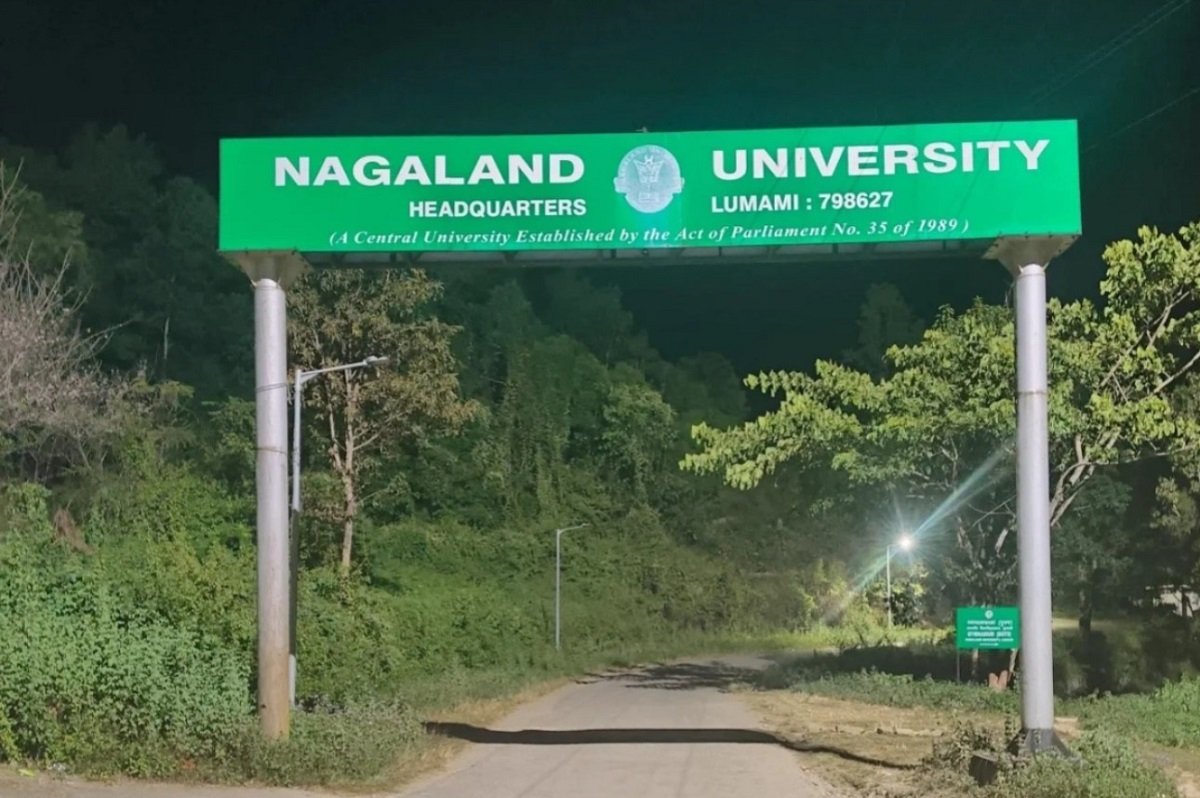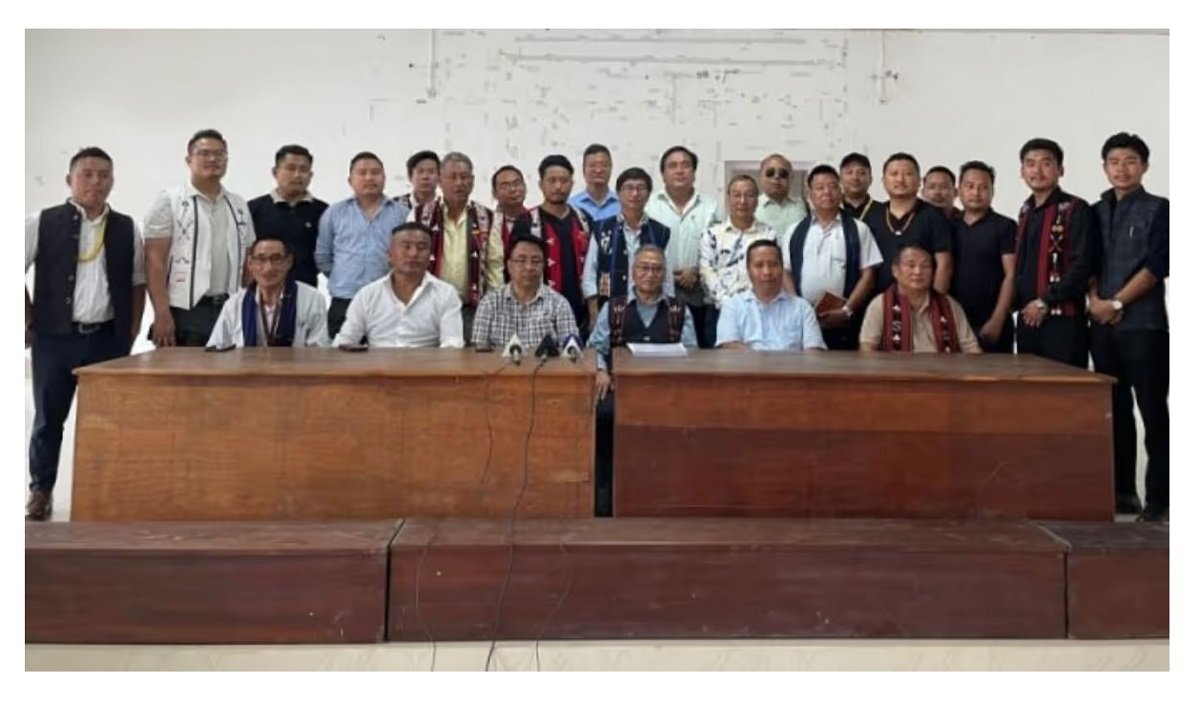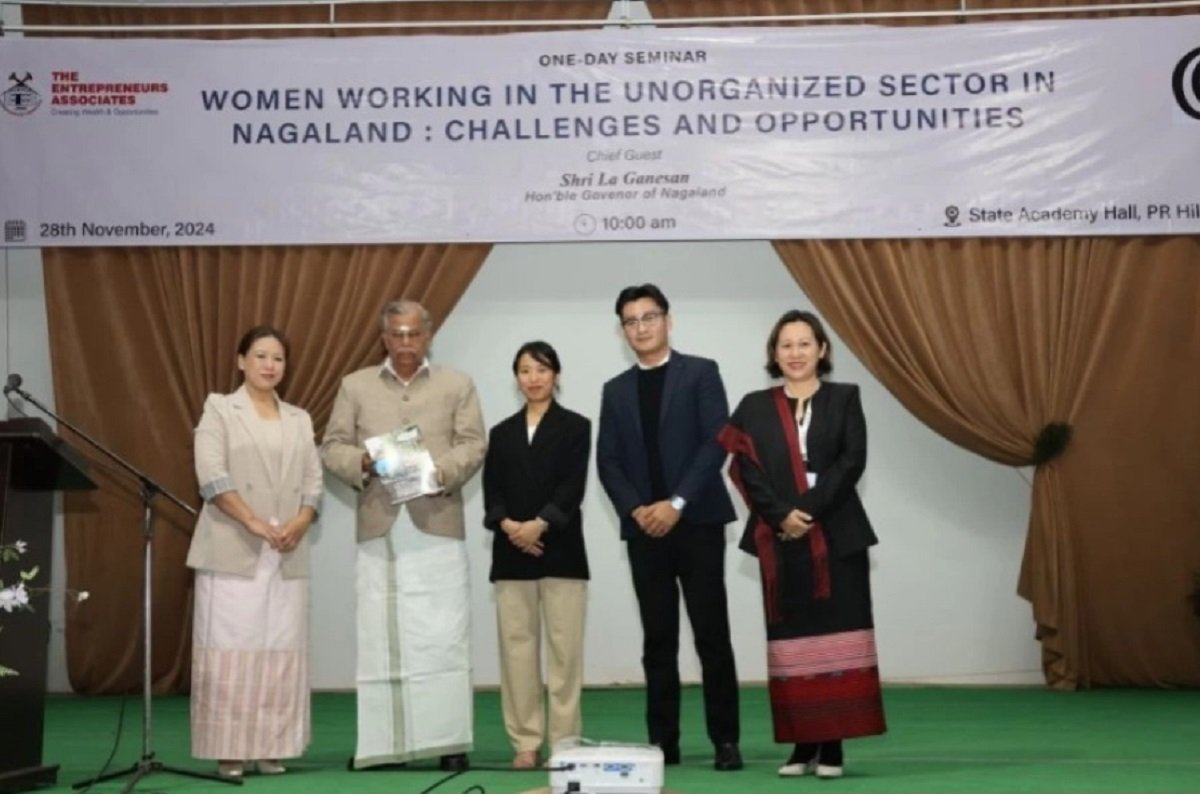Nagaland University has taken the lead in a collaborative research project to assess the stability and disaster risks of high-altitude lakes in Sikkim and Arunachal Pradesh.The project aims to develop a near-accurate inventory and hazard assessment of glacial lakes that pose potential risks of sudden flooding due to climate-induced melting. With special focus on Tenbawa Lake in Sikkim and select glacial lakes in Arunachal’s Tawang region, the study seeks to map lake volumes, breach potential, and the ecological impacts of such events through satellite imagery, drone surveys, bathymetry, and 2D/3D flood modeling. The study is being carried out under the leadership of Dr. Manasi Debnath, Assistant Professor in the Department of Geography, Nagaland University, and is funded by the Ministry of Earth Sciences and the Ministry of Environment, Forest and Climate Change, Government of India. The project also supports the growth of the university’s newly established Glacier and Mountain Research Lab.
The research team includes renowned scientists such as Dr. Milap Chand Sharma of Jawaharlal Nehru University (JNU), Dr. Rajesh Kumar from Sikkim University, Dr. Mriganka Shakar Sarkar of GB Pant National Institute of Himalayan Environment (Itanagar), and Dr. Pankaj Kumar of Inter-University Accelerator Centre (IUAC), Delhi. Samikcha Rai, a PhD scholar and Junior Project Fellow from Nagaland University, is also contributing to the study.Vice-Chancellor Prof. Jagadish K Patnaik said the project is a testament to Nagaland University’s commitment to addressing environmental vulnerabilities in the Northeast. “This multidisciplinary study focuses on the GLOF potential of Tenbawa Lake and Holocene climate linkages in Sikkim, and it marks a significant step toward better preparedness and climate resilience,” he stated.
Dr. Manasi Debnath explained the project’s broader goals, which include evaluating breach potential, mapping flood impact zones, and identifying dangerous glacial lakes using high-resolution satellite data. “What makes this unique is that we’re studying regions—particularly in Arunachal—that have not been closely examined before for GLOF risks. These are headwater zones of the Brahmaputra, and any outburst could have devastating consequences downstream,” she noted.The project also includes palaeo-hazard studies in the Lachung sub-basin of North Sikkim, comparing present GLOF risks with historical flood events to understand long-term climate shifts. The researchers aim to analyze patterns of permafrost thaw, slope instability, and glacial retreat rates that differ markedly between the Eastern Himalaya and other parts of High Asia.




